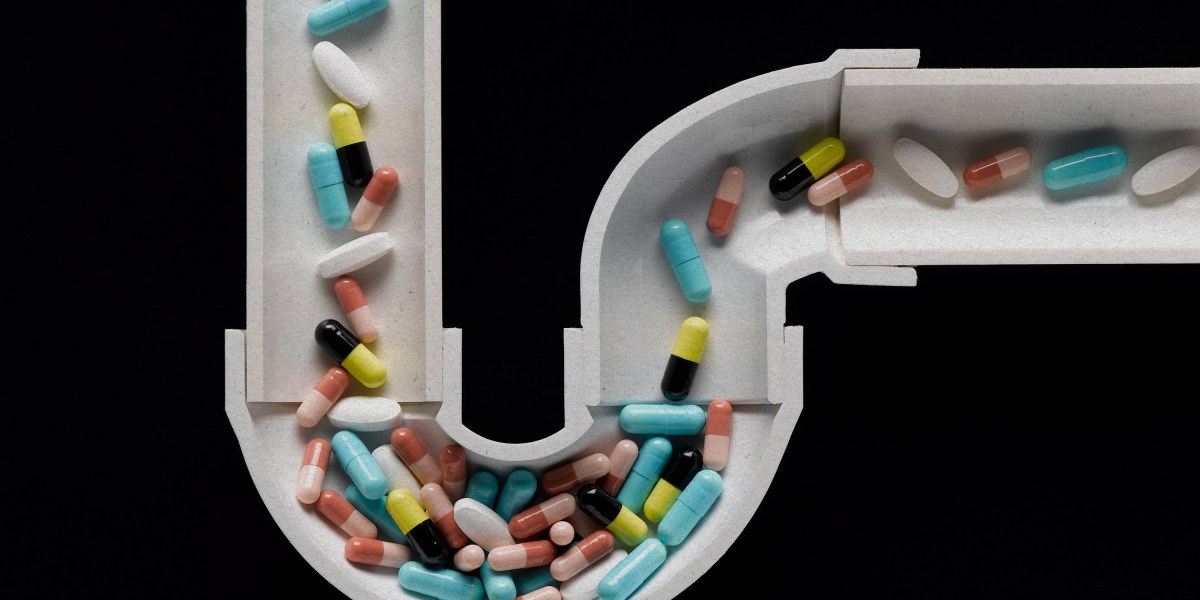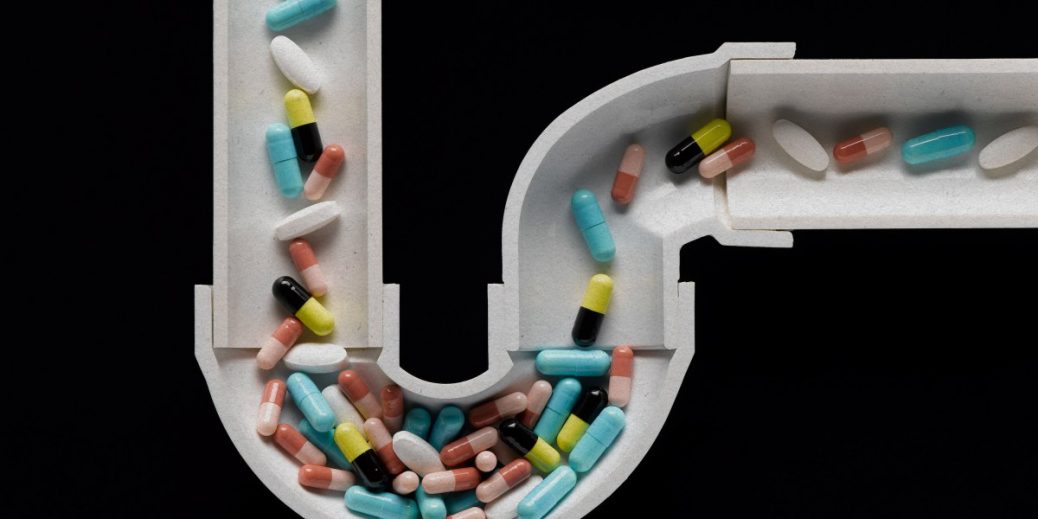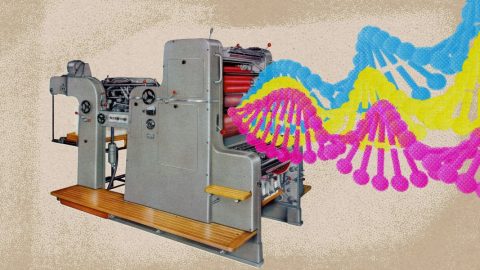
It’s not just medicines. A dizzying number of personal care products also end up in the sewers—coconut shampoos and hydrating body washes and expensive face serums and … well, the list goes on and on. Wastewater treatment facilities were never designed to deal with these so-called micropollutants. “For the first 100 years or so of wastewater treatment, you know, the big thing was to prevent infectious diseases,” Wackett says.
Today, many wastewater treatment plants mix wastewater and air in a tank to form an activated sludge—a process that helps bacteria break down pollutants. This system was originally designed to remove nitrogen, phosphates, and organic matter—not pharmaceuticals. When bacteria in the sludge do metabolize drugs like metformin, it’s a happy accident, not the result of intentional design.
Certain technologies that rely on bacteria can do a better job of getting rid of these tiny pollutants. For example, membrane biological reactors combine activated sludge with microfiltration, while biofilm reactors rely on bacteria grown on the surface of membranes. There are even anaerobic “sludge blankets” (worst name ever), in which microbes convert contaminants to biogas in an oxygen-poor environment. But these technologies are expensive, and treatment facilities aren’t required to ensure that treated water is free of these contaminants. At least not in the US.
The European Commission is on its way to adopting new rules stipulating that by 2045, larger wastewater treatment facilities will have to remove a whole host of micropollutants. And in this case, the polluters—pharmaceutical and cosmetics companies—will pay 80% of the cost. The pharmaceutical industry is not a fan of this idea. Trade groups say the new rules will likely result in drug shortages.
In the US, the federal government is still trying to figure out how to deal with these pollutants. It’s tricky, because it’s not entirely clear what impact small quantities of pharmaceuticals in water will have on the environment and human health. And the risk varies depending on the medication in question. Some pose a clear threat. Oral contraceptives, for example, have caused fertility issues and sex switching in fish.
Could bacteria save us from estrogen too? Maybe. More than 100 estrogen-degrading microbes have been identified. We just need to find a way to harness them.
Read more from MIT Technology Review’s archive
In a 2023 issue of The Checkup, my colleague Jessica Hamzelou introduced us to the scientists who study the exposome—all the chemicals we eat, drink, inhale, and digest. Here’s the story.
Hamzelou also wrote about another pervasive pollutant: microplastics. They’re everywhere, and we still don’t really understand what they’re doing to us.






Recent Comments